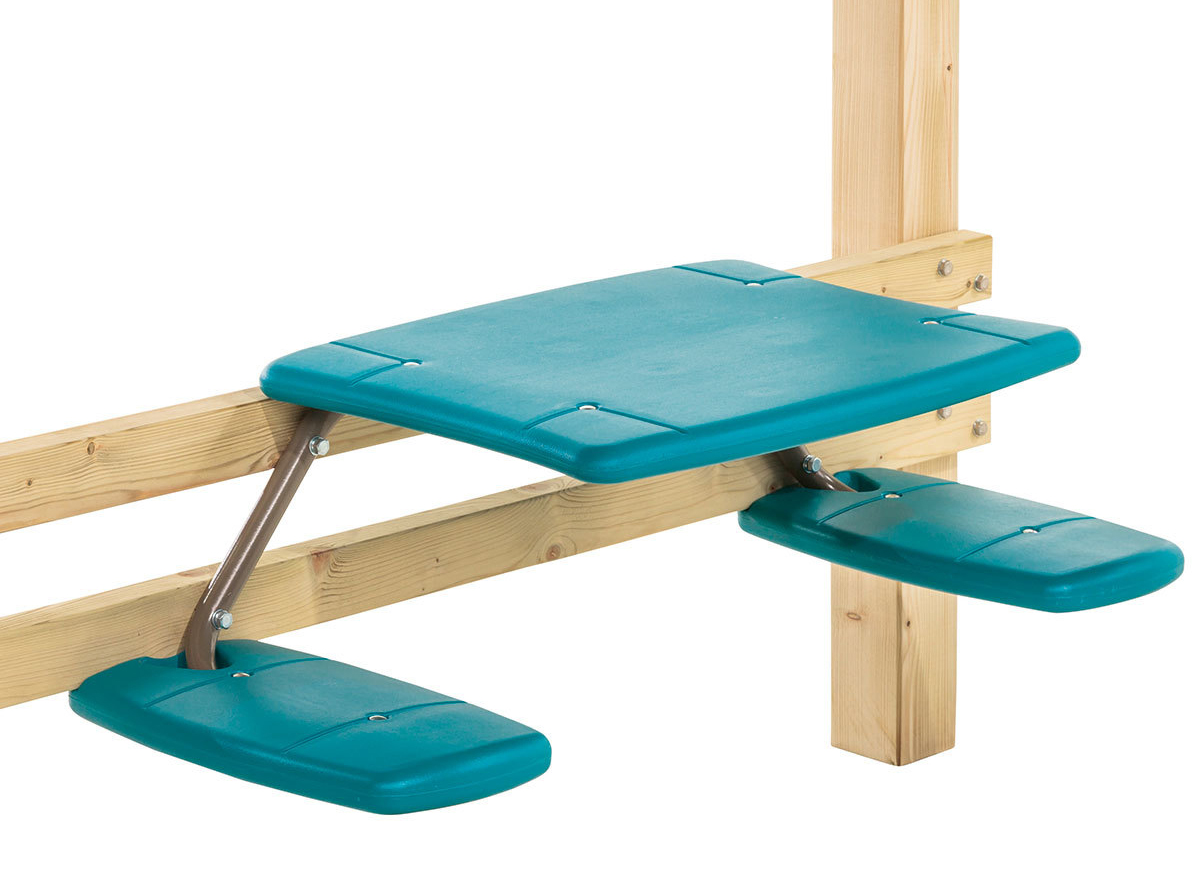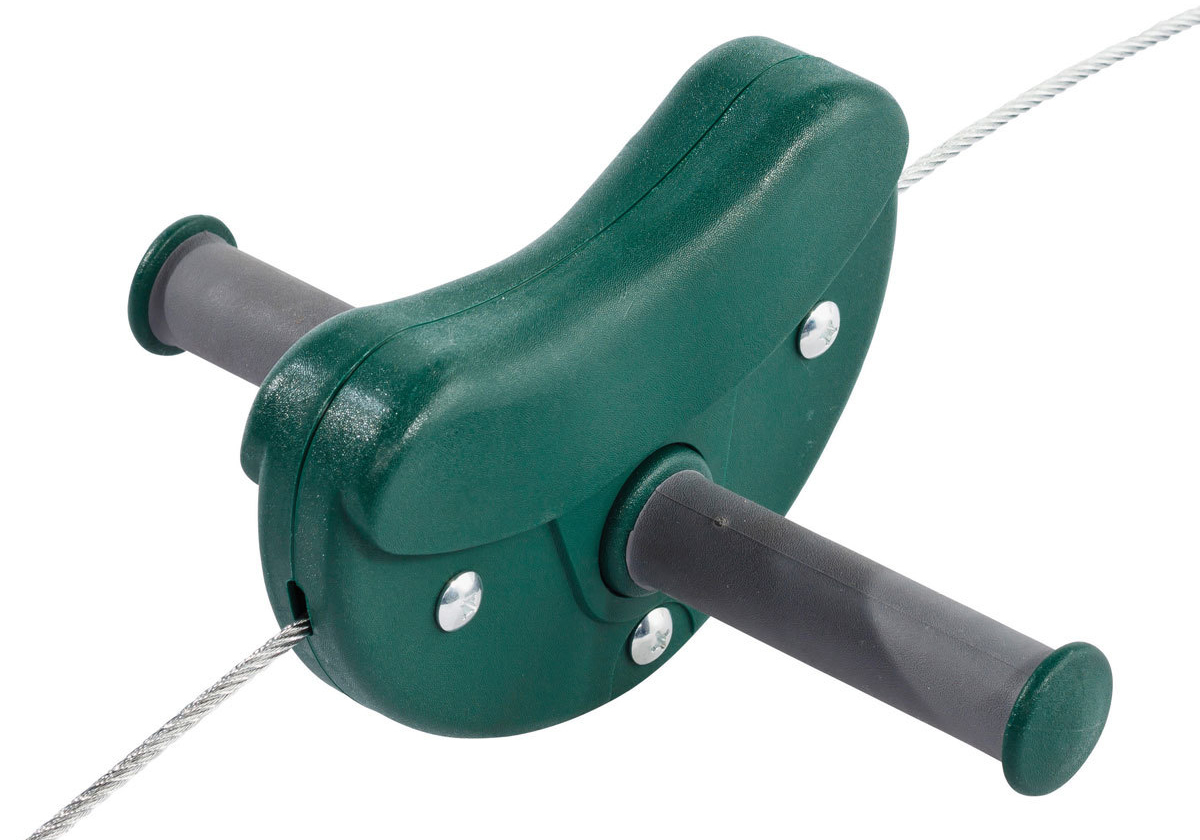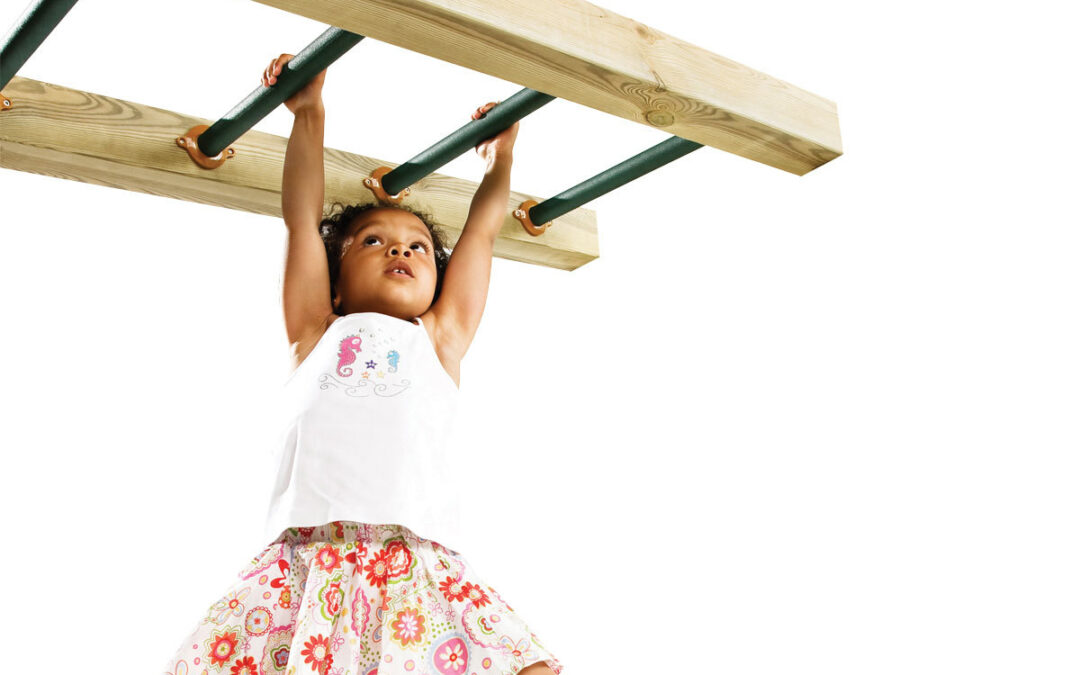The world would be a better place if it were more open.
Interview with Filip Geritz Product Development manager at KBT N.V.You approach design in a holistic way. Your projects are based on a great deal of psychological knowledge, and the components are created in such a way that they influence the emotional and physical development of children. What is innovation and designing playgrounds for you? You are also implementing a project of playgrounds for people with disabilities. What makes these projects stand out?
First of all, it’s important to notice that we don’t design ‘playgrounds’, but industrially produced (universal) playground components and activity toys, that is quite a difference because it a step further away from the end user. On the other hand, what we do influences more people, in absolute numbers we reach more children. What is innovation and design for me: I like it because it gives me the feeling to be able to influence/improve the daily life of people and their experience (in this case) with playgrounds/activity toys. It gives me the opportunity to create a better physical environment for people to live and enjoy their experience. Why the inclusive play project, because that is exactly one of the more important directions of improvement that can still be made. There is still a lot of room for improvement in that sector. What makes the project stand out is the fact that we work together with the Polish team, and that there are a lot of people in the company who are interested in what is going on. A lot of people feel that this is an important project to work on.
Filip you are designer. How is the profession of designer perceived in Belgium, do universities provide a solid basis for the profession? Can you identify the differences between the Polish and Belgian approaches to design education?
I’m designer but not in the artistic sense, we are corporate designers, working in a Research and development team in a company that works in a certain sector of production. This experience is different from people who approach design in a more artistic way (like some interior designers, furniture designers, stage designers, fashion designers may do). In my case people are often interested in what I do, because it is something unique, not a lot of people design toys or playground-items. On the other hand they usually don’t know the whole world and context around it (all the technicalities, administration, technical knowledge involved, …)
Universities in Belgium do provide a solid basis for our profession. In The Flemish region there are 3 universities that offer a 5y master program in industrial design or product development (Univ. Antwerp, Univ. Ghent (Kortrijk), LUCA Genk). Next to that there is a polytechnic school that offers a 3y Bachelors program in industrial design (Howest, Kortrijk). Also in the Brussels and Wallonia regions there are opportunities to study industrial design. The different programs all have their specific approach and focus, Antwerp is more focussed on product concept and marketing, Ghent is more focused on industrialization and engineering, Genk is more focussed on concept and aesthetics. Most of this is very much separated from Industrial or civil ‘engineering’, except form the Masters program in Ghent (Kortrijk) which is a sub-division of the industrial engineering department of that school. I don’t know a lot about the polish programs, so I cannot answer that question.

How do you approach Universal Design, what does inclusive design mean to you and what contemporary trends do you observe on the market of architecture and functional design?
To me personally, universal design is quite important. I always had a strong interest in design for people with different needs. Especially now I work in the field of playgrounds, this is to me an important idea, because I feel all children should be able to play anywhere regardless of their abilities. The world would be a better place if it were more open towards otherness and less restrictive towards people who are placed out of the mainstream (for any reason). I don’t follow the trends in architecture. Regarding trends in design, I think that is a question that is hard to answer. I don’t think that there is a general trend or contemporary style in products. There are maybe some styling attributes that are more common these days, compared to a few decades ago. In my opinion these have a lot to do with technical advances in the world of production technology, materials, … One example is the use of surface effects in plastics manufacturing (things like sparkling or iridescent surfaces, high gloss surfaces, metallic or matte colours in metal coatings). Another thing is that designers/engineers are getting more skilled in the use of surface modeling and design of smooth shapes and mouldmakers are more skilled in translating these designs to physical moulds. This results in products with smooth surfaces, elegant lines, continuous curves and radiuses, this has nothing to do with trends in styling, but more with possibilities of translating idea’s into products.
Next to that there are specific trends in different sectors that are more on the level of functionality than on the level of form of shape. Things like advances in the electronics sector (advanced battery life, wireless items, internet of things, …), or building and architecture (insulation, hvac, …), or automotive (hydrogen, electric, …). In our sector there are also specific trends (electronic toys, inclusion, …) Following are socio-economic and cultural trends in different regions that are important and are leading trends in design: in our case a higher interest in design for people with a handicap, economic growth in Eastern Europe, young people/families worldwide that move to the city, young families who are less able to buy a house with garden/gardens getting smaller.

You are a Polish-Belgian company. You have recently undergone a reorganization process. Łukasz Dzienisz became the general manager. Could you say more about the differences in the organizational culture, methodology in the approach to work between the Polish and Belgian management system?
This is quite a sensitive question, so I don’t want to dig too deep into this. One important difference that I observe is that in KBT Belgium, traditionally the organizational structure is very much horizontally organized. Every employee is regarded as equally important and there are very little hierarchical relationships. Every person in the company is listened to, when they have questions or remarks and their voice is not ignored. For me personally, I am the manager of the department, but in practice Yves and Gerrit have many more years of experience in the field of the KBT equipment, Marc and Bart are both very experienced and skilled in the work they do. All in all that’s why I don’t like micromanagement. I’m not going to tell them what to do when and I’m not checking up on their work in detail. Also, every other person in the company can come up to one of them and ask them anything directly. All of them have their own expertise and they don’t need to pass through me first. I expect my team to be able to make their own planning. Looking at the different Polish departments and people and their way of working, I feel this approach is somehow different.
Another interesting difference is the value of reporting and quantifiable results. An example of this is that Lukasz would rather ask a regular (for example monthly) report about some projects progress with graphs and numbers, while our previous CEO would rather walk into our office to ask how things are going in an informal and anecdotal way.
The design process that you just completed with the Metaphor agency was the first such process to be carried out jointly with the involvement of the Polish and Belgian teams. Can you tell me more about its experience?
The process is not yet finished, it only has started. So it’s hard to say anything at this point. We only finished the research and idea-generation phase. Anyway it was an interesting experience, also because part of it happened during the lock-down phase of the current pandemic. But then most of the work still needs to be done. So we will see how it evolves.

What attracts you most about the work of designers. The current situation with Covid 19 has had a strong impact on the entire economy. How do you evaluate the changes that have already taken place, especially in architecture, and what are the design trends for the coming years?
What attracts me most is what I explained in question 1: being able to help build the physical world in a good way. The relationship between covid-19 and architecture is not clear to me, but relating it to design, I don’t think there are very much medium-long term effects on the industrial fields. At a certain point there was the idea that the fact that most of the industrial production assets have been moved to the far east, had a severe impact on the ability of Europe to react on the pandemic. And the first reaction was that “we should bring back the factories to Europe”. I personally don’t think it will happen anytime soon, or that any major change is going to happen in the logistic flows that currently exist. Certainly not within the next 25y, on the contrary, as companies are merely optimizing the logistic flows to be able to minimize production costs and still be able to ship goods worldwide. Shipment via post-order is an example that creates the need to package products in such a way they can easily be delivered to people’s homes over long distances. Companies like Amazon and Ali-baba have grown enormously during the last months. This shows that world-wide logistics and goods transport is not going down.
Another interesting trend is the interest in the topic of climate change and environmental impact of the lifestyle of current western civilizations. Again, I personally don’t think that anything major is going to change before it’s too late. Some good things are happening, technical advance in energy management and material science and so on, but we are missing the drive to finish and implement things. To switch from science to industry. Is it because the technology is not ready, or because (a part of) humanity is too much spoiled/indulged in their current lifestyle? I don’t know, but the fact is that we are missing the holistic vision to be able to come up with a coherent, effective and acceptable solution for the problems that are ahead of us.
The problems are a combination between socio-political situation, economic situation, technology and the environment. We need solutions that speak on all levels at the same time. It’s going to ask a lot of creativity to be able to solve the puzzle. What we would need is politicians, economists, scientists, … that think like designers, think out of the box, with a warm heart and with a focus on the ‘customer’ instead of on their own little part of the world. The current generation of politicians is clearly not up to this task and way of thinking. All hopes on the next generations.So design is a very interesting profession because it can relate to many things and that is one of the things that attracts me a lot.

